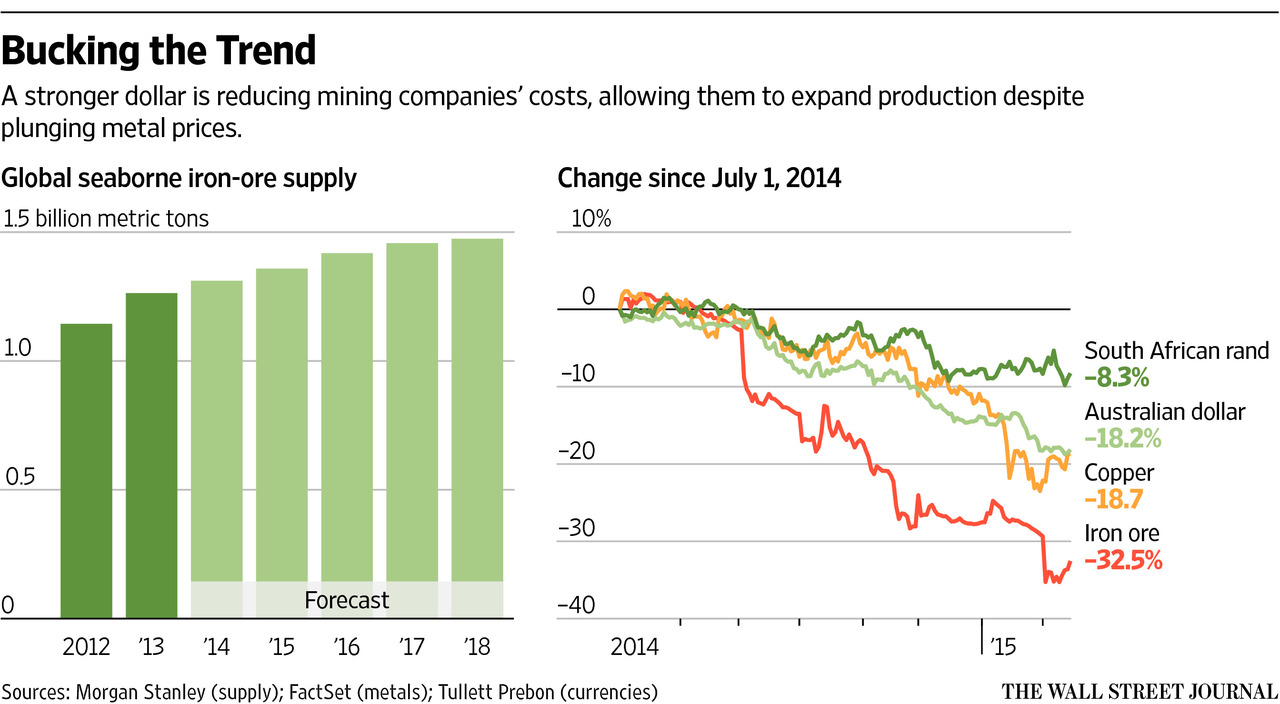It is no secret that Americans work more than Europeans – 30% more according to recent studies. Many economists point to higher taxes in Europe as a major cause. This column suggests that divorce rates also play a role, particularly for women’s labour supply.
According to recent research, Americans work 30% more than Europeans (Prescott 2004 and Rogerson 2006). This was not the case in early 1970s when Western Europeans worked more than Americans. What accounts for the large differences between countries today? Our study finds that divorce rates and tax rates together on average explain 58% of the difference in terms of hours worked between the US and 17 European countries.
Our research starts by trying to uncover the determinants of cross-country differences in work hours through analysing the hours worked by different demographic subgroups (Chakraborty et al. 2012). We find that women are typically the largest contributors to the aggregate differences. European women work less than American women, irrespective of whether we look at single or married women, or women with and without children.
Cross-country variation in tax systems is one of the most popular proposed explanations for the observed discrepancy in work hours between the US and Europe. The basic intuition here is straightforward – higher labour income taxes reduce the incentives to work. However, for the 18 countries in our sample, we find that, while there is indeed a negative correlation between various measures of taxation and hours worked by men, the corresponding correlation for women is close to 0. Figure 1 below plots the correlation between male and female labour supply and the “average effective tax rate”, a measure that combines the average labour income tax and consumption tax in each country into a single tax rate.
Figure 1. Tax rates and labour supply by gender

At the same time, Figure 2 shows that we get the opposite result when looking at the relationship between divorce rates and work hours – we find a strong positive correlation between divorce rates and hours worked by women, whereas male hours and divorce rates are completely unrelated.
Figure 2. Divorce rate and labour supply by gender

While Figure 2 shows that female labour supply is correlated with divorce rates in a statistical sense, it does not answer the key question: Why would the likelihood of divorce affect the decision of females to work?
We believe this is because marriage provides an implicit social insurance since the spouses are able to share their income. However, if divorce rates are higher in a society, women have a higher incentive to obtain work experience in case they find themselves alone in the future. The reason the incentive is higher is because in our data, women happen to be the second earner in the household more often than men. European women anticipate not getting divorced as often and hence find less reason to insure themselves by working as much as American women.
(more…)





















